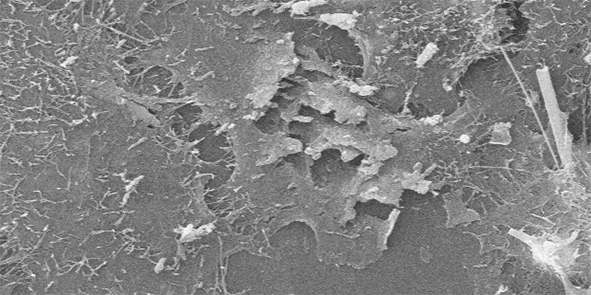Cytotoxicity in vitro of two non-commercial samples of chrysotile and fibrous erionite
DOI:
https://doi.org/10.13133/2239-1002/18017Abstract
Exposure to naturally occurring asbestos and fibrous erionite can have severe impacts for the human health and cause malignant mesothelioma. The disease burden associated with this exposure is difficult to quantify and is not properly investigated. A characterization of the crystal-chemical-physical properties and toxicity/carcinogenicity of naturally occurring fibres with attention to asbestos and erionite is therefore highly recommended.
The present study deals with the in vitro biological effects in MeT5A and A549 human cell lines of two non-commercial asbestos fibres: Valmalenco chrysotile from Central Alps Italy and fibrous erionite from Jersey Nevada, USA, including the standards UICC Chrysotile and UICC crocidolite.
Light and scanning electron microscopy (SEM) observations showed morphological cell perturbation of treated cells. SEM-EDAX investigations revealed that the release of chemical components in the culture media affect cell viability. ROS levels increased in accordance with glutathione depletion, witnessing a remarkable cellular stress. Free radical release on pristine fibres was investigated by means of electron paramagnetic resonance (EPR) spin trapping technique and FTIR spectroscopy to characterize the molecular structures of fibres.
Results reflect the cytotoxic effects and evidence the different toxicity pathways prompted by these fibre species due to their different crystal assemblages and physical properties.

Downloads
Published
Issue
Section
License
Copyright (c) 2023 Periodico di Mineralogia

This work is licensed under a Creative Commons Attribution 4.0 International License.

